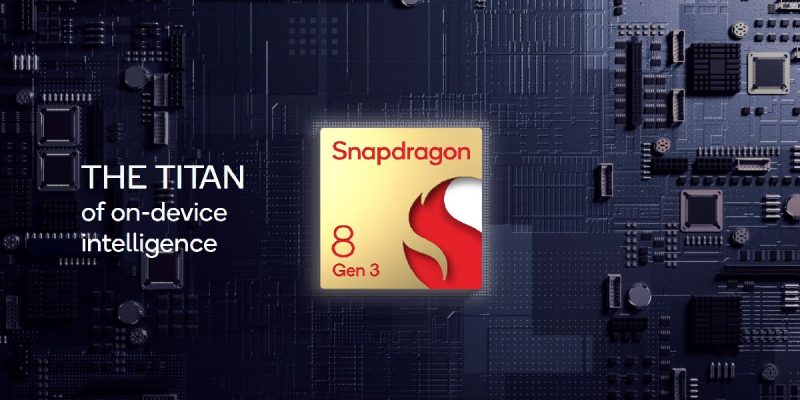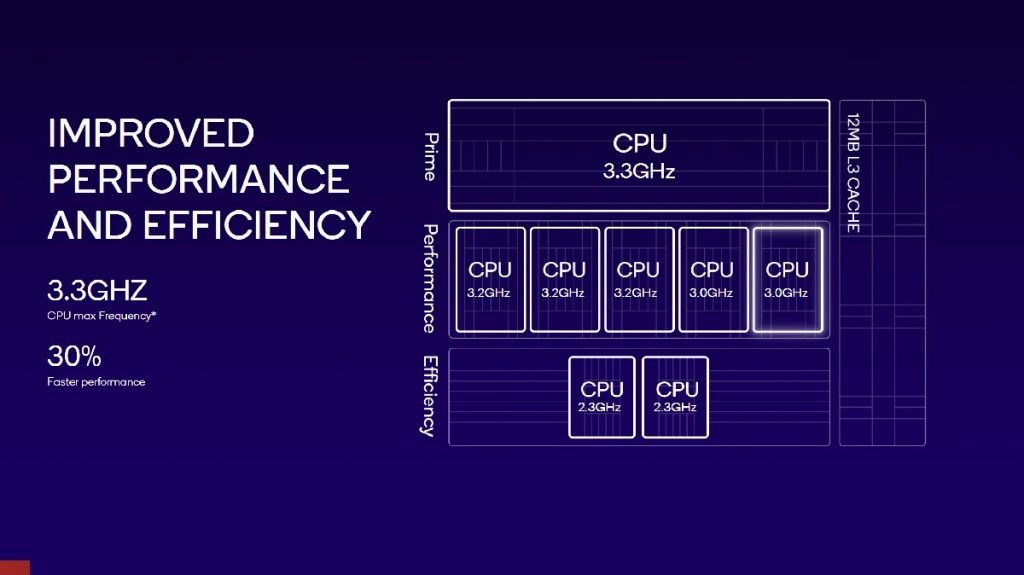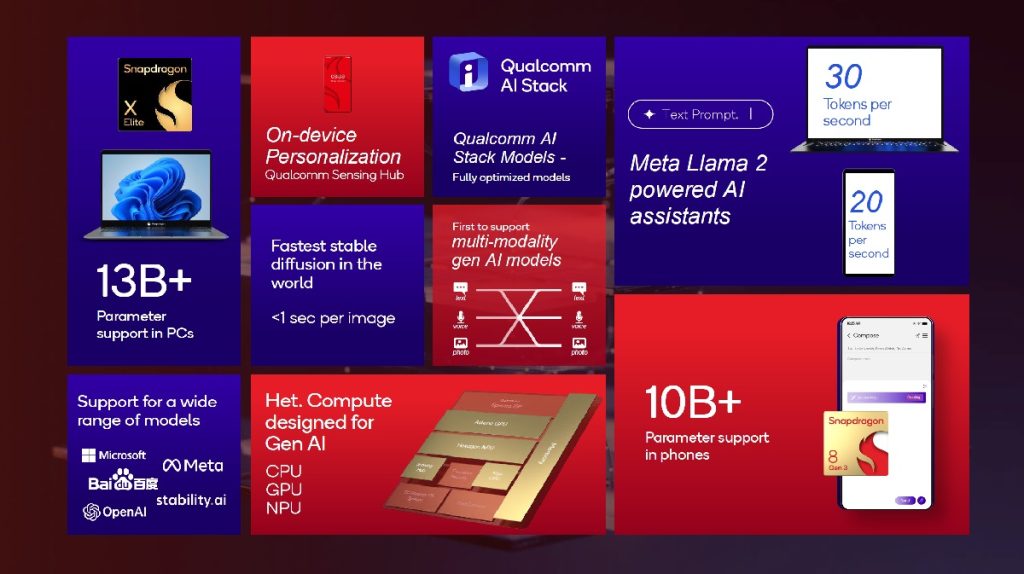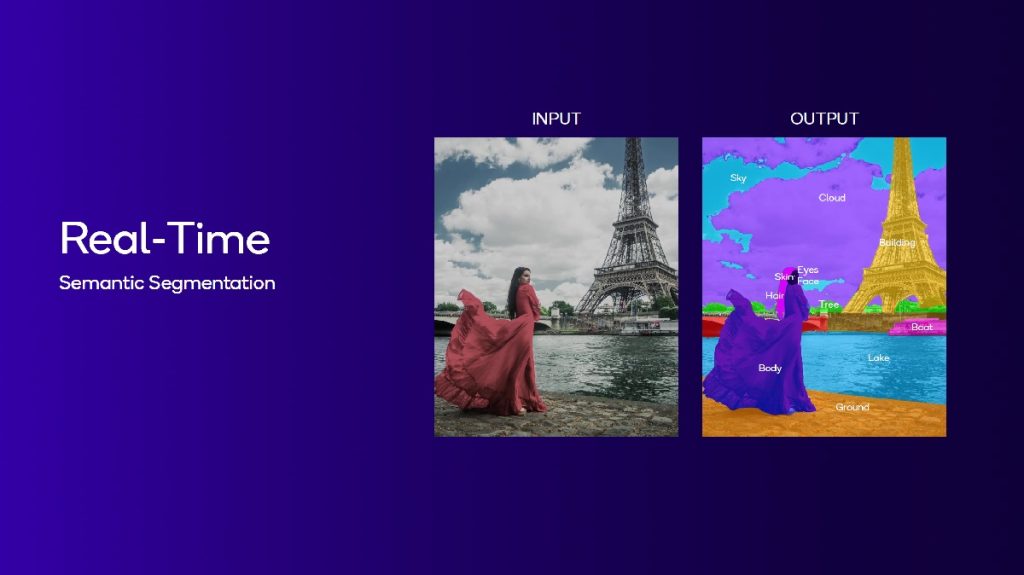
Snapdragon 8 Gen 3 now official: to debut in Xiaomi 14 series
Another year, another Snapdragon flagship chipset. The Snapdragon 8 Gen 3 has just been announced, with a focus on AI on top of the usual performance, gaming and imaging improvements. One thing worth noting is unlike previous years, the Snapdragon 8 Gen 3 will lag behind Apple’s latest, having only TSMC’s 4nm process at their disposal, while Apple employs the cutting-edge 3nm for the A17 Pro chipset powering the iPhone 15 Pro series.
Snapdragon 8 Gen 3: faster and more efficient, as always
Don’t let the node discrepancy fool you though, Qualcomm still poured their efforts into making the Snapdragon 8 Gen 3 their best mobile chip yet. CPU performance is claimed to be 30% faster, GPU performance up to a good 40% faster, and AI performance a whopping 98% faster. Efficiency as a whole is claimed to have improved by 10%, with the CPU being up to 20% more efficient and the GPU up to 25% less power hungry.
Faster Kryo CPU cores

This year, we are looking at a 1+5+2 CPU configuration, unlike last year’s 1+3+4 configuration, which has been the industry standard for the past few years. This will be paired with up to 24GB of LPDDR5X-9600 RAM, which we will probably see in some flagships coming next year. If you look slightly deeper though, Qualcomm actually went with something more akin to 1+3+2+2 layout, as the middle cores are split into two sets.
The prime core is based on the latest Cortex-X4 architecture, clocked at a whopping 3.3GHz. The five performance cores are split into three Cortex-A720 cores clocked at 3.2GHz, and two at 3.0GHz. Last but not least, the two efficiency-focused Cortex-A520 cores are clocked at just 2.3GHz to tackle less demanding background tasks while sipping power. The L3 cache has also been bumped up to 12MB, 50% more than the Snapdragon 8 Gen 2.
Console-grade graphics

Little is mentioned about the Adreno GPU in the Snapdragon 8 Gen 3, aside from that it is now 25% faster while also bringing 25% better efficiency to the table. Raytracing performance has been improved by a respectable 40%, and there’s now support for global illumination, which is far more accurate at the cost of being much more performance-intensive. Possibly to counteract this, there’s the new Snapdragon Game Super Resolution upscaling, supporting up to 8K outputs, as well as Adreno Frame Motion Engine 2.0, which doubles the frame rates for smoother experiences, without increasing the power consumption.
Vastly improved AI performance

The biggest improvement comes from the AI department, which is now a ludicrous 98% faster than last gen. The Hexagon NPU is designed to deliver faster on-device AI assistant responses, capable of processing up to 20 tokens/sec in large language models (LLMs). Qualcomm also brags that the Snapdragon 8 Gen 3 can generate an image in less than a second, with the world’s fastest stable diffusion.

Of course, these AI chops also extend to the imaging capabilities, with the Spectra ISP offering up to 12 layers of real-time semantic segmentation for more precise image processing in both photos and videos.
Nothing much on the connectivity front?
Connectivity-wise, we aren’t getting much new with the Snapdragon 8 Gen 3. It’s still the same Qualcomm FastConnect 7800 system with support for WiFi 7 and speeds of up to 5.8Gbps. The Snapdragon X75 5G is technically newer, but the supported downlink and uplink speeds are the same as last year, coming in at 10Gbps and 3.5Gbps. Qualcomm is claiming that they put AI tensor hardware into the modem itself though for better speed, coverage, mobility, link robustness and location accuracy… Not sure how that works, but okay.
Snapdragon 8 Gen 3: to debut in Xiaomi 14 tomorrow

The Snapdragon 8 Gen 3 will invariably find its way under the hood of flagships from partners like ASUS, HONOR, iQOO, Nubia, OnePlus, OPPO… Well, you get the point. But the very first devices to tout it will be the Xiaomi 14 series which will be announced in China tomorrow. Global availability should follow in 2024, but maybe Xiaomi Malaysia will surprise us with a holiday season launch so we can wish for a Xiaomi 14 from Santa this year?










